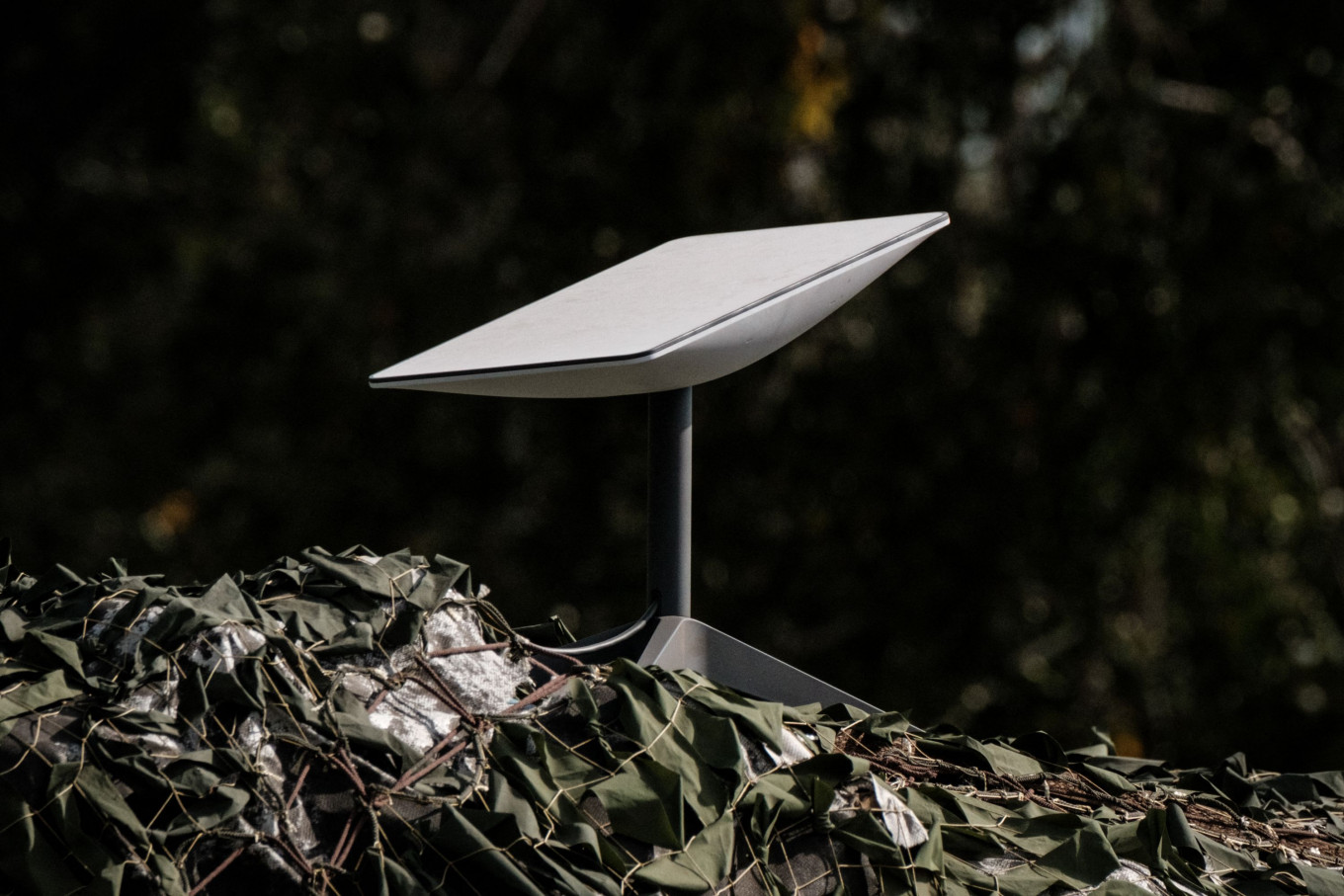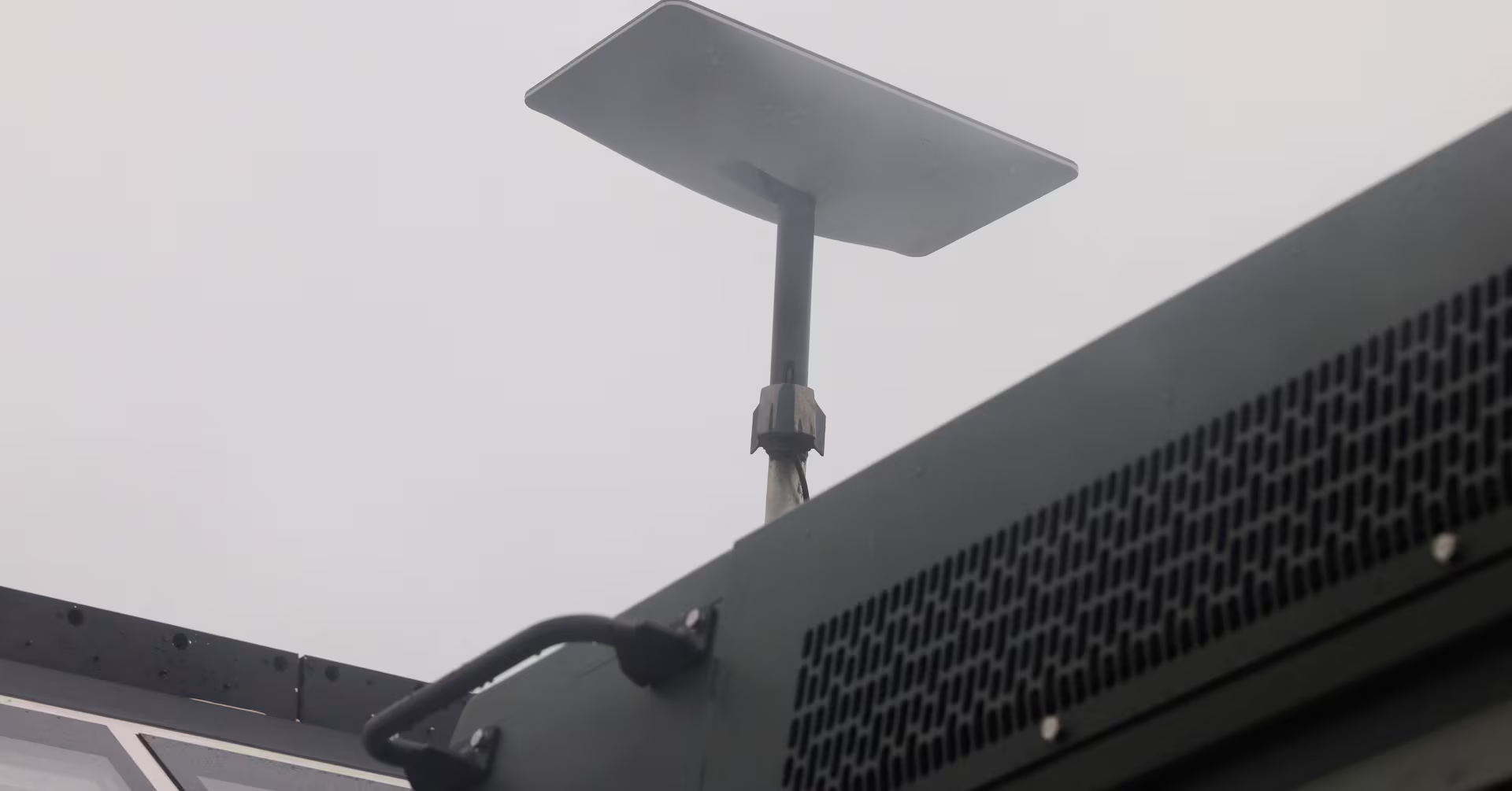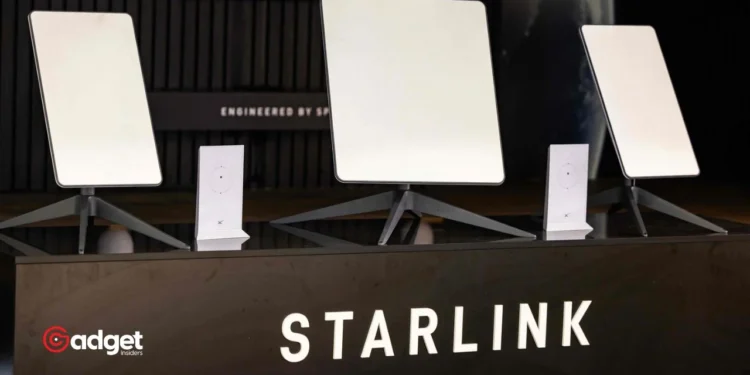In an era where internet connectivity is as essential as electricity, disruptions in service can cause significant disturbances. This was the case on Tuesday when SpaceX’s Starlink, the satellite internet phenomenon, experienced a brief but notable outage that impacted thousands of users across the globe.

Unpacking the Outage
Like any internet service provider, Starlink is not exempt from occasional service disruptions. Reports from Starlink and user-generated data on Downdetector indicated that the service experienced a downtime, beginning around 10 p.m. ET. The company swiftly acknowledged the situation, assuring users that a solution was actively being implemented.
“Starlink is currently in a network outage and we are actively implementing a solution. We appreciate your patience, we’ll share an update once this issue is resolved,” stated Starlink in a prompt response to the outage. Although the initial announcement did not specify the cause of the outage, the transparency and quick response were notable.
Restoration and User Experiences
Approximately 30 minutes after the initial disruption, Starlink posted an update informing users that the issues were being resolved. Despite this, lingering connectivity issues were reported by some, stretching into the early hours of Wednesday. Downdetector’s data reflected over 41,000 outage reports on Tuesday night alone, with around 42% of these indicating a complete loss of service.
Many users found that a simple restart of their Starlink hardware helped restore their connection, suggesting a reset might resolve minor glitches following such widespread disruptions. By around 2 a.m. ET on Wednesday, the majority of services were back to normal, showcasing Starlink’s commitment to quick recovery and robust customer service.

Starlink’s Expanding Global Footprint
Starlink continues to expand its reach, now available in numerous countries including the entirety of North and South America, most of Europe, and significant parts of Oceania. Recent expansions into Indonesia and Fiji have further broadened the accessibility of high-speed internet to remote and underserved regions, affirming Starlink’s mission to bridge the global digital divide.
In the U.S., the service offers a variety of subscription plans tailored to different needs, including $120 monthly for a standard home internet package and up to $5,000 for advanced data needs on marine vessels.
Navigating Through Space Weather
Earlier this month, Starlink also showcased its resilience against natural space phenomena, reporting that its constellation of satellites had successfully weathered a geomagnetic storm.
“Our satellites are healthy following the recent geomagnetic storm, which resulted in beautiful auroras visible around the globe,” commented a Starlink spokesperson. This ability to handle cosmic weather effectively ensures reliability in the face of unpredictable space conditions.

Looking Ahead
As Starlink moves forward, the focus remains on enhancing satellite internet technology and expanding service to ensure that interruptions like the recent outage remain brief and infrequent. With its rapid response protocols and ongoing improvements in satellite technology, Starlink is poised to remain a key player in the global internet service industry, promising connectivity even in the most remote corners of the planet.










